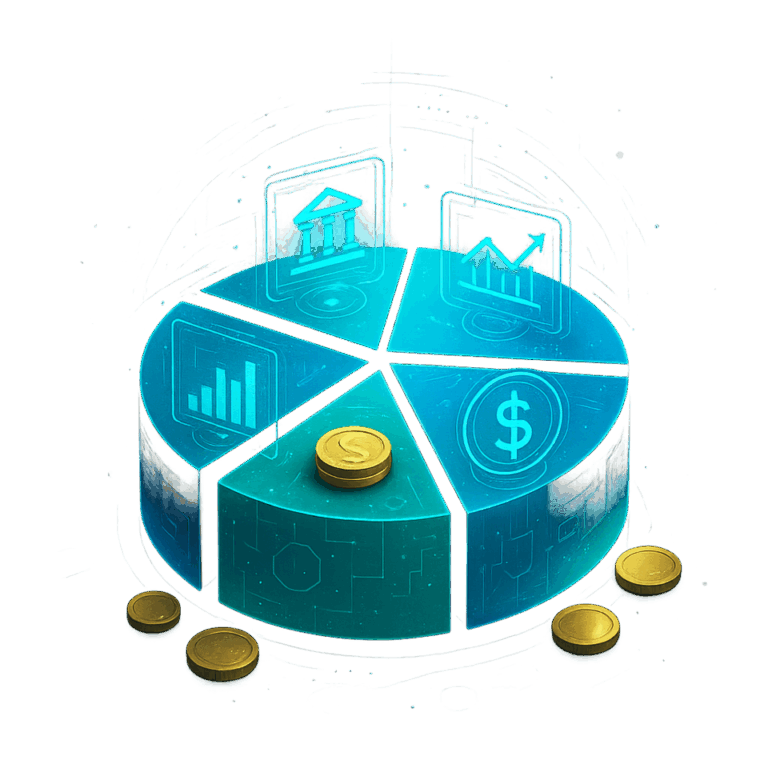Financial stability is not achieved solely by earning or investing money. One of the most fundamental aspects of personal finance is preparation for the unexpected. Emergencies such as medical expenses, sudden unemployment, or urgent home repairs can destabilize even the most organized financial plans. For this reason, building and maintaining an emergency fund is considered a cornerstone of financial well-being. While it may seem like a simple concept, its impact on long-term stability is significant.
What Is an Emergency Fund?
An emergency fund is a dedicated pool of savings reserved exclusively for unplanned expenses. Unlike investment accounts or retirement savings, the primary goal of an emergency fund is immediate accessibility and liquidity. Typically held in a savings account or other low-risk vehicle, this fund acts as a safety net that prevents individuals from relying on credit cards, loans, or premature withdrawals from long-term investments during unexpected events.
How Much Should Be Saved?
The amount required in an emergency fund varies depending on personal circumstances, such as income, dependents, and lifestyle. A common recommendation is to save three to six months’ worth of essential living expenses. For some, especially those with irregular income or limited job security, a larger cushion may be more appropriate. The key is to balance realistic saving goals with the need for accessibility, ensuring the fund provides adequate coverage without sacrificing other financial priorities.
Benefits of Having an Emergency Fund
The advantages of an emergency fund go beyond covering unexpected bills. It reduces stress during financial shocks, provides flexibility in decision-making, and prevents high-interest debt accumulation. For families, it represents security and resilience, allowing them to navigate crises without compromising long-term plans such as education or retirement. Furthermore, it strengthens financial discipline by encouraging regular saving habits.
Common Mistakes to Avoid
While the concept is straightforward, many individuals fall into common pitfalls when managing emergency funds. Using the fund for non-urgent purchases undermines its purpose. Keeping it in risky investments can expose savings to market fluctuations, defeating the goal of stability. Another frequent mistake is underfunding, where individuals save too little to handle real emergencies. Awareness of these challenges helps ensure that the emergency fund serves its intended purpose.
Building an Emergency Fund Step by Step
For those starting from scratch, the process may seem daunting. A practical approach is to begin with small, consistent contributions, gradually increasing over time. Automating transfers to a dedicated account ensures discipline and consistency. Cutting non-essential expenses, redirecting bonuses, or using tax refunds are effective ways to accelerate the fund’s growth. The focus should be on persistence, as steady progress leads to meaningful results.
Conclusions
An emergency fund is more than just a financial buffer; it is a foundation of security and peace of mind. By protecting against unexpected expenses, it allows individuals and families to focus on long-term financial goals without disruption. Establishing and maintaining such a fund requires discipline and planning, but the rewards in resilience and stability are invaluable. In the broader context of personal finance, an emergency fund remains one of the simplest yet most powerful tools for achieving lasting financial well-being.



